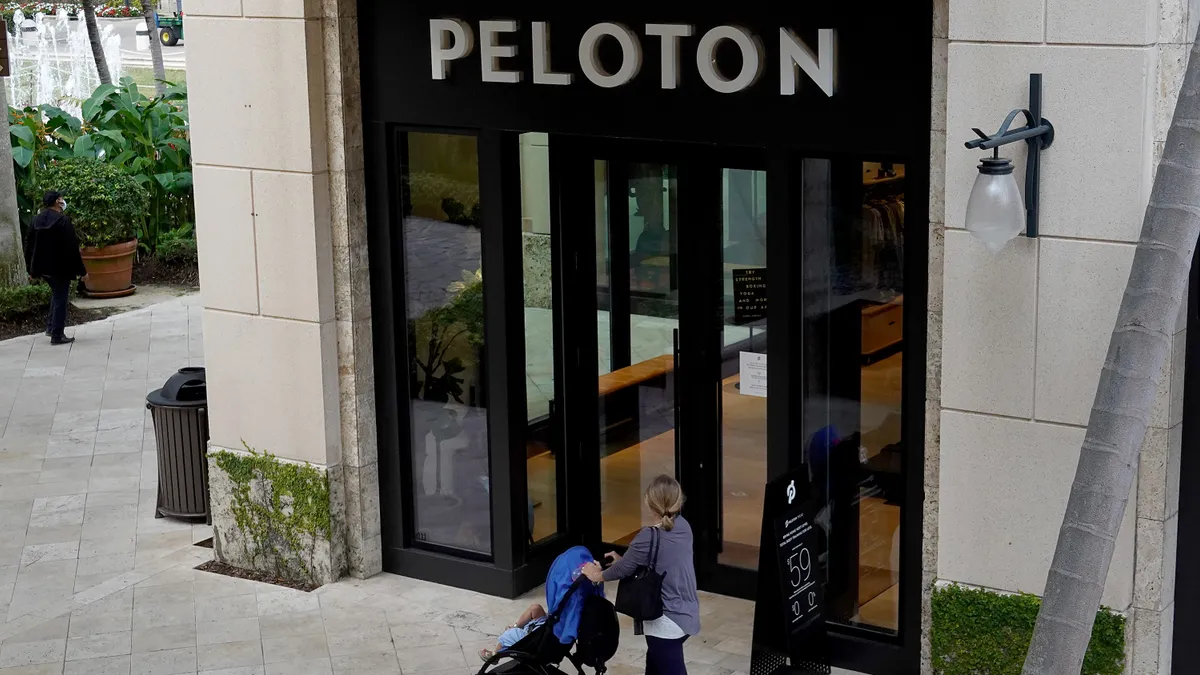Emily Powell, proprietor of Powell's Books in Portland, Oregon, founded by her grandfather and previously helmed by her father, celebrated Independent Bookstore Day this summer by pulling the plug on a major source of sales — Amazon's marketplace.
It's going to pinch, she said in an interview by video conference call. In addition to its four brick-and-mortar locations, the retailer runs its own website, where it sells both new and used titles and merchandise like games — all, until recently, available through its Amazon portal as well — and enjoys a loyal following in Oregon and beyond. Like all independent bookstores, however, even large ones like itself, it's dwarfed by Amazon, which last year rang up $160.4 billion in product sales. That doesn't even include its cloud services and other revenue streams like marketplace seller fees, which brought total 2019 net sales to $280.5 billion.
Powell's began doing business via the internet even before Amazon launched. At first, selling used inventory through the fledgling Amazon marketplace seemed like an innovation and a smart addition. Two decades on, however, even after finding success and expanding the assortment sold through the marketplace, the drawbacks weighed on the indie store.
Not least of them is taking part in fueling Amazon's dominance. These days the e-commerce giant, which itself started out as a bookseller a quarter century ago, controls the lion's share of U.S. book sales. According to the latest figures from book audience research firm Codex, released by email Sept. 18, Amazon's total unit share in book sales stands at 53%; in online sales of all books that rises to 72%, with share of e-books at 76% (with its Kindle e-book reader moving more than its online print business) and online sales of print books at 69%.
"We were actually online before Amazon, we've been in this game for quite a while, but the head start didn't get us anywhere particularly," Powell said. "Along the way you try things, including selling our used inventory on the Amazon marketplace. Over the years it became clear how costly it was to our business. It takes a toll on our business and our ability to focus. Any time you're increasingly dependent on a sales channel that has their own goals — that sometimes supports their sellers but sometimes not, that is not always in your best interest and not always clear — is worrisome over time."
Marketplace sales move 60% of the goods purchased through Amazon's site, and in 2019 brought Amazon $54 billion in seller fees. Powell said the company no longer wants to contribute to Amazon's bottom line, but, more importantly, to the way it undermines indie retailers like hers.
Despite the loss of the Amazon channel, the company may have picked a good moment to go it alone. While Amazon is obviously a huge player in the space, consumers get their books from a variety of places, including libraries and yard sales, and are loyal to their local stores, even if they shop at Amazon, according to Codex CEO Peter Hildick-Smith. Codex's research indicates that during the pandemic shoppers have made a concerted effort to frequent their local booksellers, which in many places instituted curbside pickup or shipping options.
"We had expected Amazon to pick up a lot of market share in the pandemic, but because they de-prioritized books and focused on groceries and essentials, that prevented them from getting any kind of a windfall in books," Hildick-Smith said by phone. "Powell's is among the top 25 or so independent booksellers in the country. I think people have their loyalties pretty well defined in the book-buying space right now, and if that solidifies, that could be a long-term trend. People understand that these are their neighbors, and local jobs."
Amazon's share of book sales ticked up again from the early days of the pandemic, probably because fulfillment times improved, according to Codex. Powell isn't surprised, or deterred.
"Amazon's going to be fine, they don't need our help," she said. "The ones who need your help are local businesses. Shopping locally and shopping within your community makes a really long-term difference. We see it very clearly in Portland, which is built with the idea of a walkable community, with stores and restaurants. We wanted to renew that message to our community at this time, but it's not easy."






















